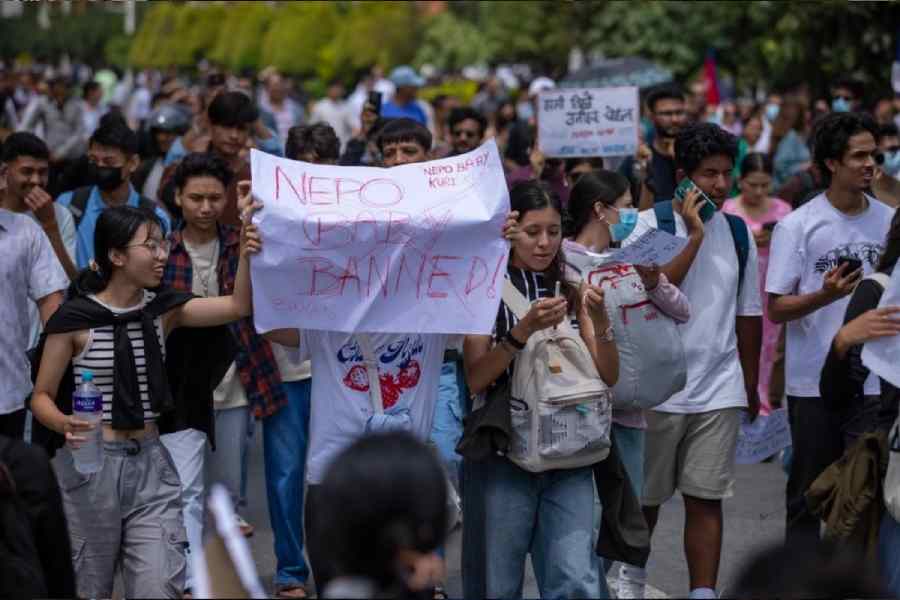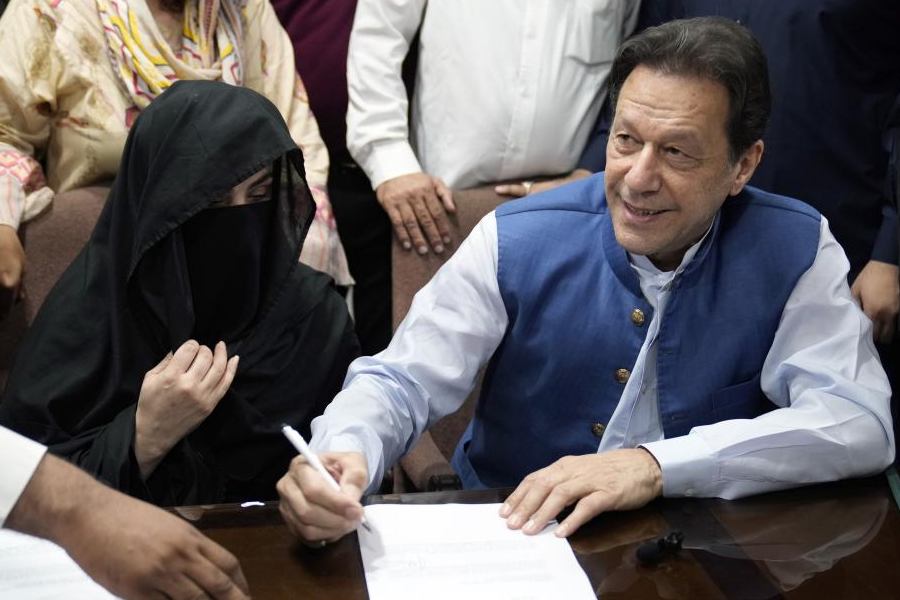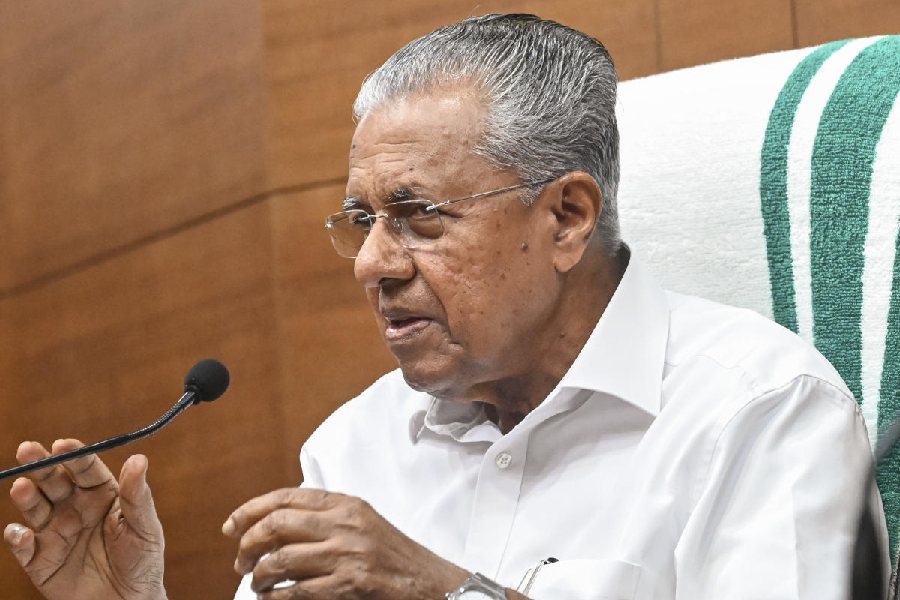The term, ‘elite’, hardly summons respect or admiration these days. One would not want to identify oneself with the elite either in India or in Nepal since that would mean being synonymous with the regulators of power, dominators of the economy, and purveyors of conspicuous consumption. Pamela Paul, a columnist with The New York Times, says that the elite signify “something people aspire to. We admire elite athletes. We rely on elite research institutions to make medical advances. Most people wish they too could sit in first class. Until then, they hotly resent whoever does.”
Social psychologists view the discontentment towards the elite as an instance of relative deprivation, which symbolises the collective frustration of being ‘disadvantaged’ due to unjust, systemic resource allocation. The insurrection in Nepal, which toppled a government, was based on the perception that the political elite had more access to resources due to patronage connections and corruption instead of merit. Several protest slogans were indicative of this. One read, “The leaders’ children return from abroad with Gucci bags, the people’s children in coffins.” The coffin referred to the bodies of Nepali migrants who lost their lives working as mercenaries in the Ukraine-Russia war.
All this would imply that the Nepalese political elite had failed in resolving the country’s economic paralysis and political instability. Over 14 governments have come and gone in the last 16 years, even as Nepal continues to be plagued with low per capita income, a stumbling GDP, disturbing rates of unemployment, and extensive corruption. Nepal’s GDP depends on remittances sent back by migrant citizens working in the Middle East, South Korea and Malaysia. For a nation heavily dependent on remittances, tourism and commerce, the erstwhile government’s ban on social media lit the proverbial fuse. The torched Parliament, anti-corruption graffiti, and vandalised homes of politicians showed how Nepal’s political elite were viewed by the ordinary people.
In neighbouring India, the anti-elitism rhetoric is used to discredit, even delegitimise, those who oppose the ruling regime. This vilification of the elite has corresponded to the political ascendancy of the Bharatiya Janata Party, which seeks to use the anti-elitist sentiment to consolidate Hindutva’s appeal on a pan-India scale. Revealingly, while Narendra Modi is portrayed as a leader who rose from humble roots, the Congress’s Gandhi family is projected as liberal elites of Lutyens’ Delhi. Their fluency in English and exposure to Western education are conflated with an anti-Hindu image.
‘Meaning making’ has also been used to redefine the constituents of India’s elite. Today, intellectuals who tend to be critical of the government are also being demonised as they get yoked to the proverbial cart of elitism. Ironically, all this is taking place amidst a growing nexus between business behemoths and the Indian government. Who, then, should be considered as elite? Who should be disparaged?
In Nepal, the elite had to take the fall for the deficits in that country. In India, the elite are under a rhetorical assault and are being woven into a populist political agenda that targets them. How the elite function and how they are dealt with differ in Nepal and India. However, what remains similar is the hatred they receive and how they are envisioned: as an unaccountable constituency enjoying its pre-eminence while the majority continue to toil.
Aniba Junaid is Assistant Professor in Political Science, Adamas University











